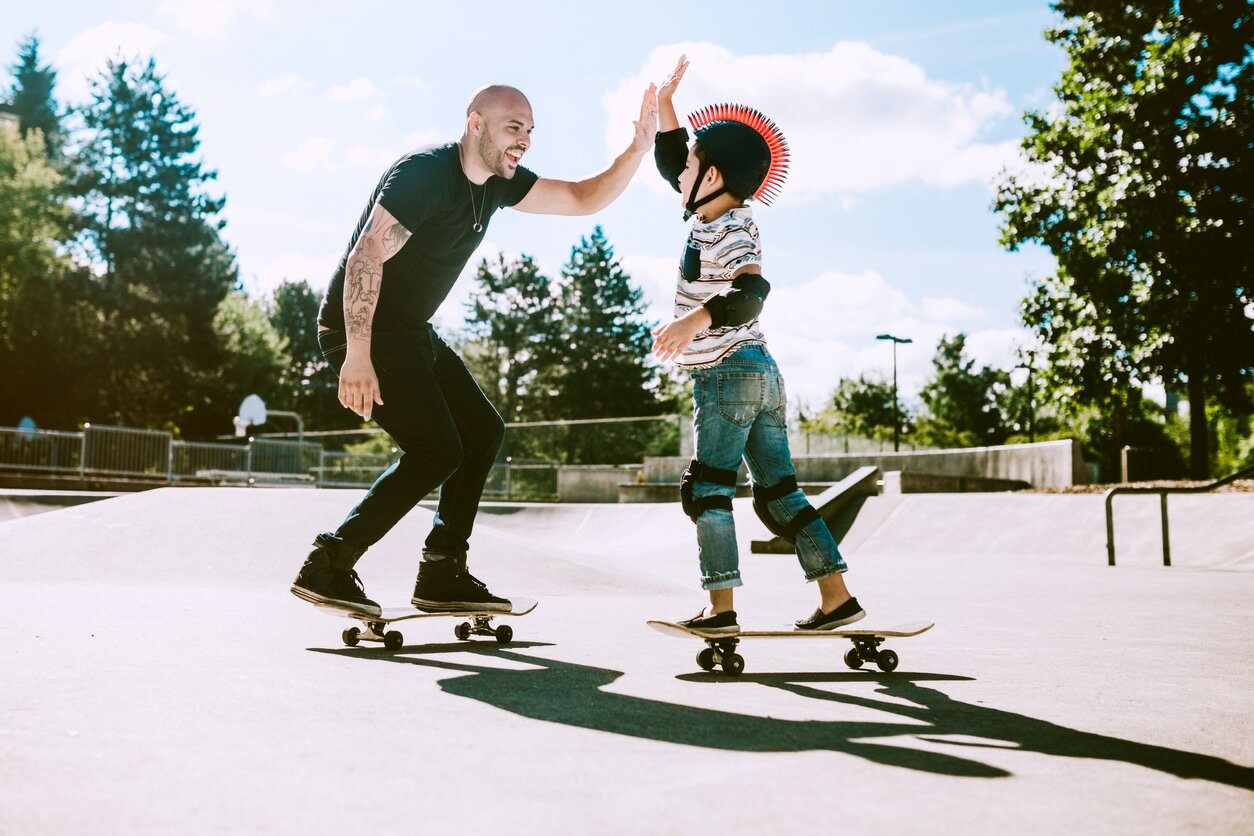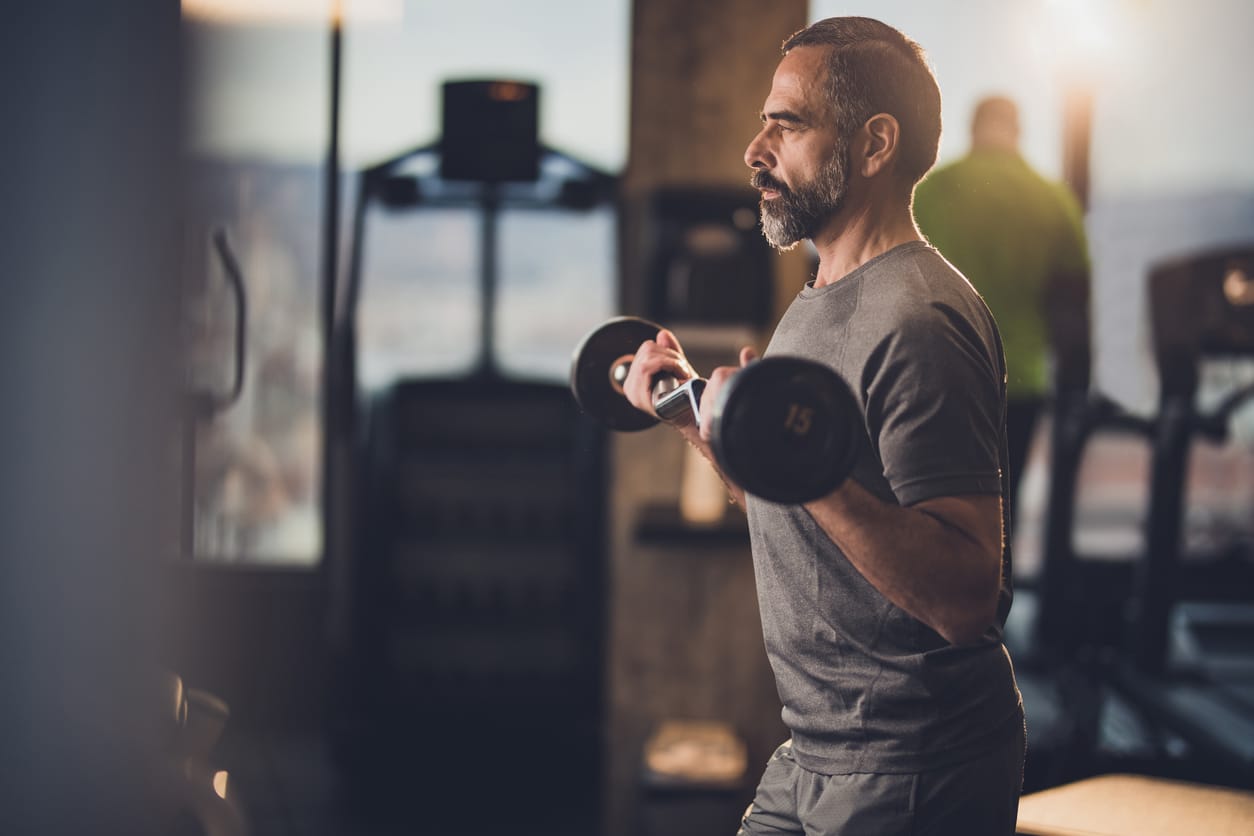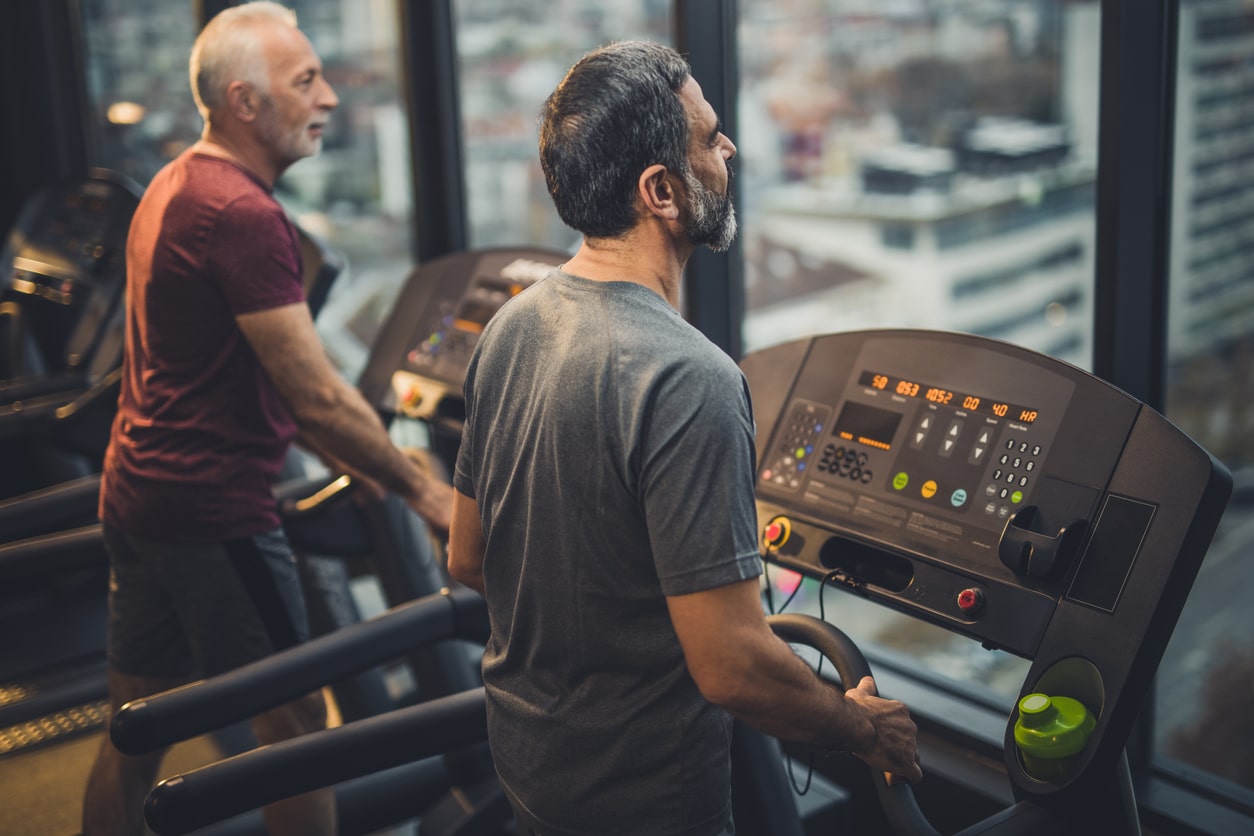8 Mini Workout Tips To Try If You Have No Time To Exercise
Too busy to exercise? Here are some mini workout routines to hack your weight loss plan even if your schedule shows zero downtime.
In between work, school, or taking care of the kids, you’re lucky if you find one second to yourself. You still want to exercise and stay fit, but your schedule is so busy that you just can’t seem to squeeze it in.
Only an alarming 23% of Americans get the exercise that they need. Don’t be a part of the population who struggle to work out. If you don’t have time–don’t worry.
Fortunately, you don’t need to spend hours on an elliptical just to get your daily exercise. Doing small exercises throughout the day only take a few minutes, and some can even be incorporated into your daily routine.
Who needs the gym to get in shape? Here are 8 mini workout tips you should try if you have no time to exercise:
1. Workout With Your Chores
Why not make chores your daily workout routine? Instead of dreading your chores, view them as part of an exercise routine. You may not think of chores as a workout, but the reality is that you’re doing work and getting physical activity.
Put extra effort into doing your daily tasks. Doing laundry involves heavy lifting, vacuuming your carpet works your arms and legs, and wiping down your bathroom can tone your biceps. Even something as simple as scrubbing the floor can give you an effective cardio workout.
2. Avoid Elevators
Yes, elevators are very convenient, but you don’t really need them to get where you need to go. Don’t take the elevator up to the eighth floor–go up the stairs instead.
Need more convincing to use the stairs? Simply climbing 2 flights of stairs per day can lead to a weight loss of 6lbs in one year. Now, just think how much weight you can lose if you climb 10 flights of stairs each day.
You can even try this exercise when you’re out shopping. Skip out on escalators when you’re at a store and work towards your weight loss goals on the stairs.
3. Break Parking Habits
Are you guilty of always trying to find the closest parking spot? Now is the time to stop that habit. Instead of searching for the spot closest to your destination, you should be looking for the farthest.
Parking far away forces you to walk a longer distance to the building’s entrance. If you have multiple places that you’re driving to that day, all that walking adds up. Just one simple adjustment can turn into an easy daily workout.
4. Take Advantage of Lunch Breaks
Maybe you’re stuck at work all day. By the time you get home, you have no time or energy left for your daily fitness routine. That’s why you should start taking advantage of your lunch breaks.
You might cherish your lunch break as a time when you can relax, have a bite to eat or chat with your coworkers, but you can also use this as a time to squeeze in a quick workout. You could go for a 20 or 30-minute walk outside your building depending on how long your lunch breaks are. Bring along a few coworkers and start a fun daily workout.
5. Don’t Drive to Work
Getting stuck in traffic during your morning commute is probably nothing new to you. But what if this irritating traffic can be avoided altogether? If you live close enough to your job, consider biking, jogging, or walking to work.
Spending all day behind your desk is just as bad as spending several minutes or hours behind the wheel. Your body just won’t get the daily workout it needs.
You could also try hopping off the bus or train early so you have a farther walking distance to your home or work. You might even find out that you’ll get to work on foot faster than if you were to take a vehicle.
6. Use Commercial Breaks to Your Advantage
Everyone knows that commercials are annoying–they interrupt your favorite shows and are incredibly boring. The next time you find time to relax in front of your TV, don’t sit through the commercial breaks. Make it a habit to get up and do an aerobic exercise while the commercials are on.
Commercial breaks are around a few minutes long and can occur several times during a show. Doing a variety of jumping jacks, push-ups, and crunches, as the commercials play can really make you sweat, and can even get you toned over time.
7. Learn to Multi-Task
Many people tend to avoid workouts because they have to get some other task done, but it’s really easy to do both at the same time.
Have to take your dog out? Go for a walk with him around the neighborhood. Maybe you’ve been meaning to get around to reading that book or finishing a TV show–read the book or watch your show while you’re on a treadmill or hitting the gym.
Having entertainment while working out can be your motivation to start incorporating a daily exercise plan into your busy schedule. Better yet, you’ll be accomplishing a task, while also reaching your fitness goals.

8. Have Fun with the Kids
Daily workout routines can be boring, but kids definitely aren’t. They’re bundles of energy, and never seem to tire no matter how many laps they run around your yard. Next time your kid wants to get outside and play, go with them.
Suggest playing a game of tag or catch. You’ll be surprised at how tired you are after the fun and games end. Not only will you get your heart pumping, but you’ll be having a great time with your kid.
You Can Still Get Fit with No Time to Exercise
Having no time to exercise isn’t an excuse for not working out. You don’t have to dread timely trips to the gym when you can do quick workouts throughout your day. Before you know it, you’ll notice yourself losing more weight and having more defined muscles.
Our 21 Day Body Transformation Challenge combines diet and exercise to transform your look. If you want to turn heads for the right reasons, find out more here.














